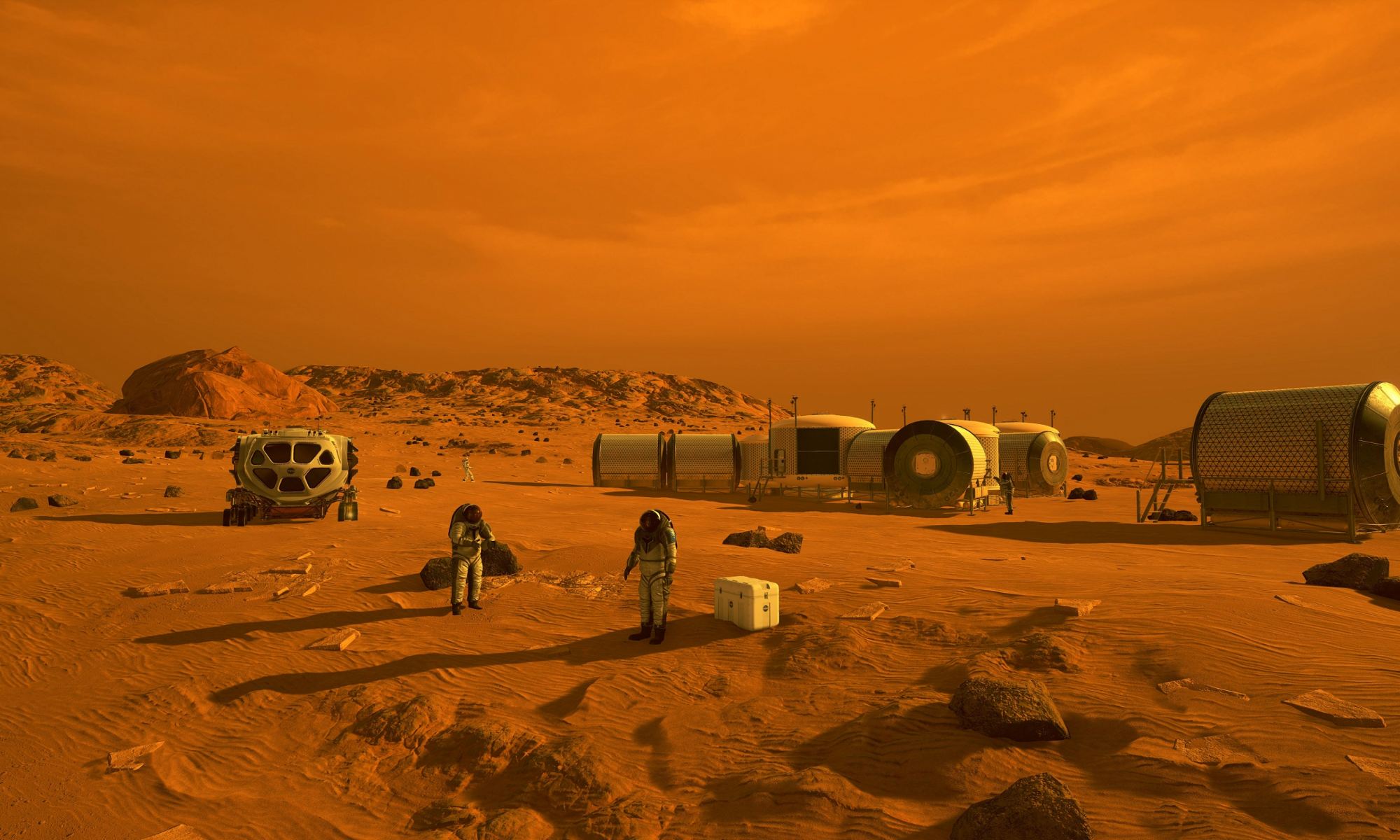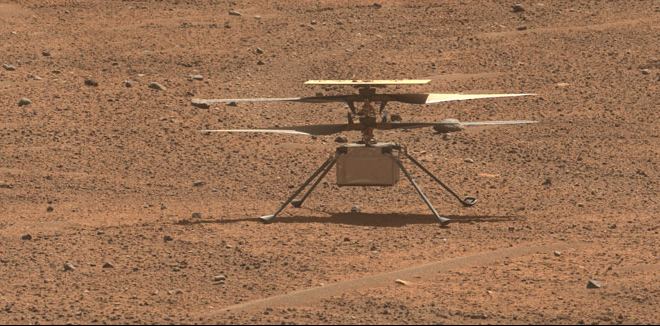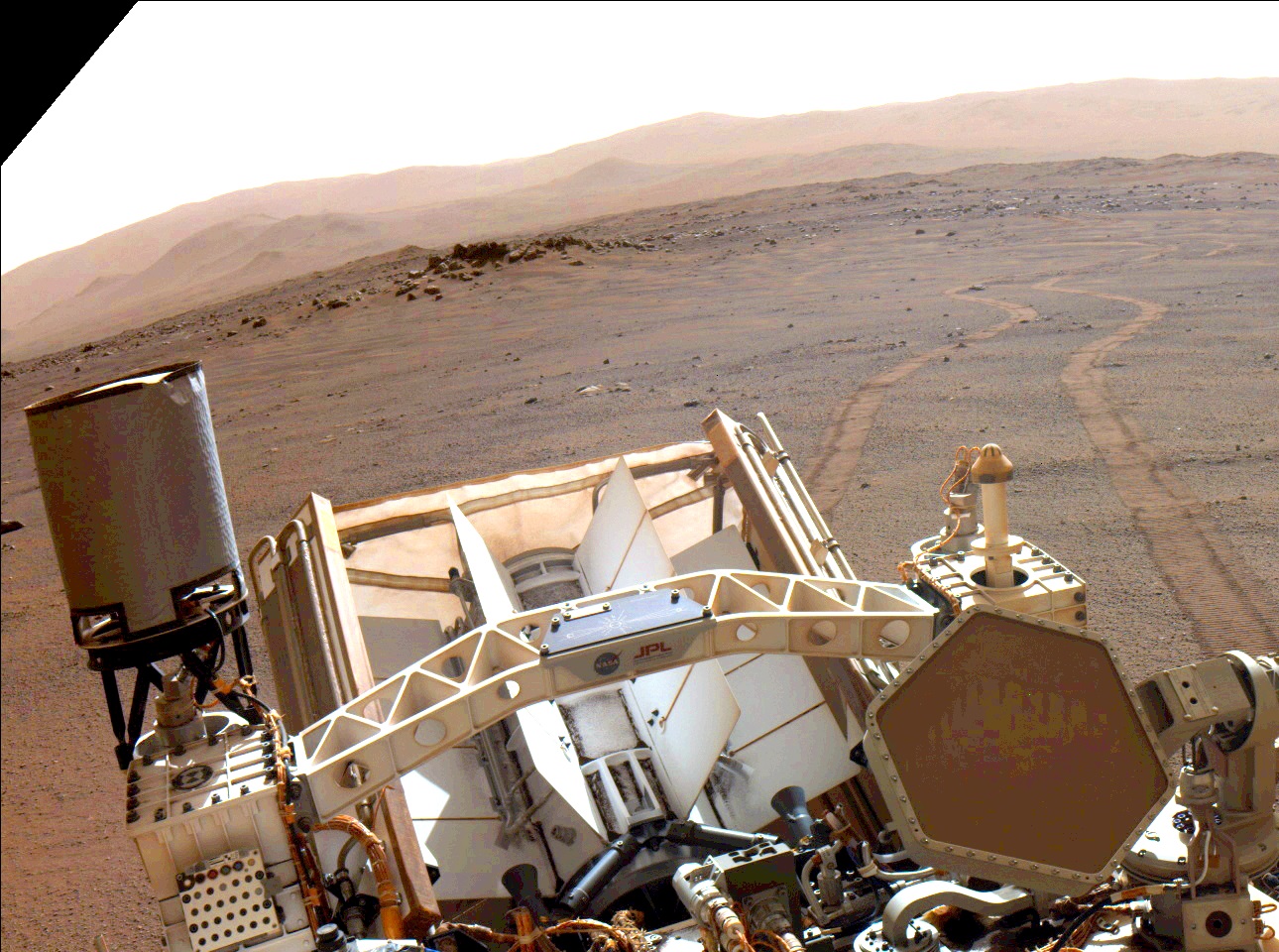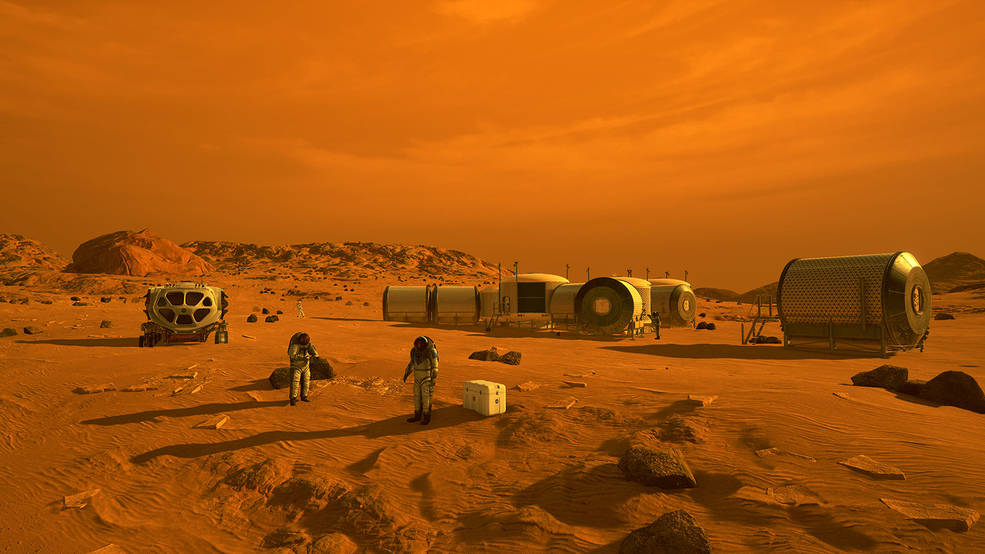The day when human beings finally set foot on Mars is rapidly approaching. Right now, NASA, the China National Space Agency (CNSA), and SpaceX have all announced plans to send astronauts to the Red Planet “by 2040”, “in 2033”, and “before 2030”, respectively. These missions will lead to the creation of long-term habitats that will enable return missions and scientific research that will investigate everything from the geological evolution of Mars to the possible existence of past (or even present) life. The opportunities this will create are mirrored only by the challenges they will entail.
One of the greatest challenges is ensuring that crews have access to water, which means that any habitats must be established near an underground source. Similarly, scientists anticipate that if there is still life on Mars today, it will likely exist in “briny patches” beneath the surface. A possible solution is to incorporate a system for large-scale water mining operations on Mars that could screen for lifeforms. The proposal, known as an Agnostic Life Finding (ALF) system, was one of thirteen concepts selected by NASA’s Innovative Advanced Concept (NIAC) program this year for Phase I development.
Continue reading “NASA Selects New Technology to Help Search for Life on Mars”









